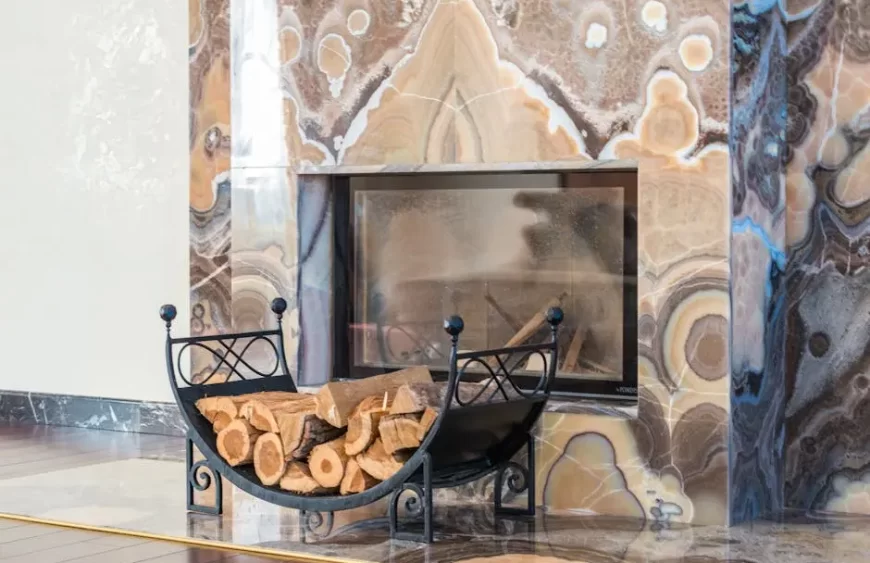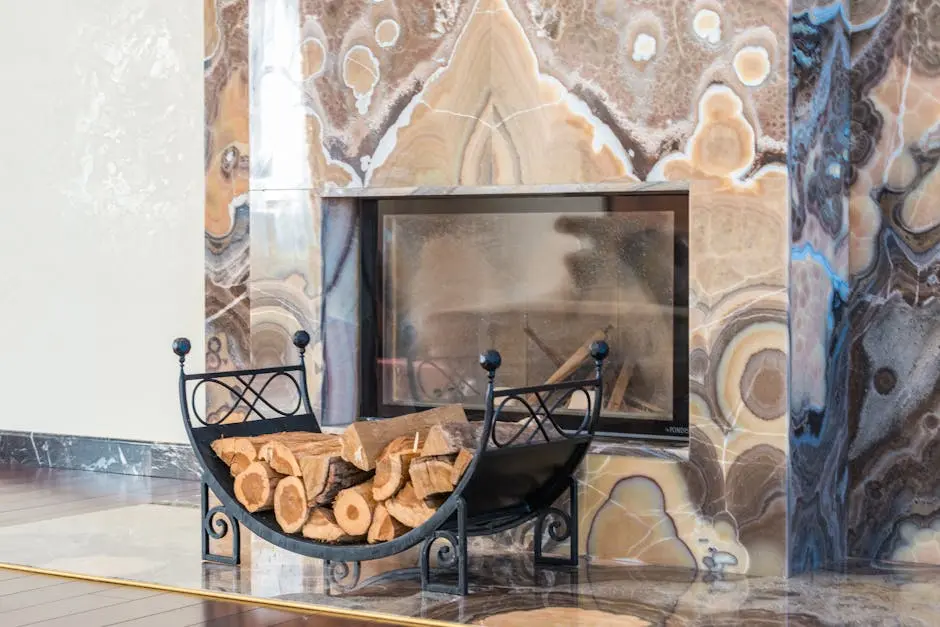Easy Tips for Lighting a Gas Fireplace with a Pilot Light
November 21, 2024 2024-12-06 13:28Easy Tips for Lighting a Gas Fireplace with a Pilot Light

Easy Tips for Lighting a Gas Fireplace with a Pilot Light
Lighting a gas fireplace equipped with a pilot light may seem daunting at first, especially if you’re a novice. However, with some simple tips and careful attention, you can easily ignite your fireplace and enjoy a warm, inviting atmosphere in your home. This guide explores the essential steps to ensure a safe and successful process.
Understanding the Pilot Light System
A pilot light is a small burner that remains continually lit, providing the means to ignite the main burner when the gas fireplace is turned on. Understanding its functionality is crucial for proper operation and troubleshooting. Without a functioning pilot light, the gas fireplace will be ineffective, leaving your space void of warmth and ambiance. The pilot light, being the heart of the operation, essentially ensures that your fireplace is ready to provide instantaneous comfort once ignited, thereby making knowledge of its mechanisms essential for all fireplace owners.
The pilot light relies on a thermocouple, a critical safety device, which senses the flame and ensures uninterrupted gas flow only when a flame is detected. This device automatically shuts off the gas supply if the flame is extinguished, preventing any potential hazards such as gas leaks and unnecessary fuel consumption. Though small, the pilot light plays a vital role in preventing fire hazards and enhancing the safety of your home. For more insights on why a functioning pilot light is essential to maintaining your fireplace, visit enhancing your home’s comfort with proper fireplace pilot light care.
The position of the pilot light within the gas fireplace assembly is strategically designed to ensure optimum ignition of the burners. It is typically housed in a protected area to shield it from drafts and disturbances that could extinguish it. Being familiar with its location and assembly can significantly aid in troubleshooting and maintaining the unit efficiently. Regular inspections for any wear and tear are advisable, as small issues with the pilot light can lead to larger complications, such as complete system failure or safety risks.
Step-by-Step Guide to Lighting Your Gas Fireplace
Begin by ensuring the gas valve is in the ‘off’ position. Wait a few minutes for any residual gas to dissipate, then turn the valve to the ‘pilot’ position. Press and hold the control knob while using a lighter to ignite the pilot light. Once lit, continue to hold the knob for several seconds before releasing it to ensure the flame remains steady. It’s vital to maintain a steady flame as this indicates a proper igniting and stable operation of the pilot light, which contributes to both safety and efficiency.
To further explore how to effectively start your gas fireplace, you can check out additional resources on how to start a gas fireplace & re-light the pilot. This article comprehensively covers various troubleshooting steps necessary if issues arise during the ignition process. While many problems can be addressed at home, consulting professional help is advisable if the problem persists, ensuring safe operation and optimal performance of the fireplace.
Remember to observe the flame closely once lit. A healthy flame should be blue with a yellow tip. If the flame is too weak or if it flickers, it may indicate issues with the gas flow or blockage within the pilot tube. Adjusting the size of the pilot light flame or cleaning the orifice can resolve many minor issues. It is important to ensure optimal flame conditions to not only guarantee a cozy environment but also maintain energy efficiency and system longevity. By doing so, you ensure that your fireplace provides consistent warmth and adds to the ambiance of your living space.
Safety Measures and Maintenance Tips
It’s important to regularly inspect and maintain your gas fireplace to ensure safe operation. Check for any gas leaks, obstruction in the flue, and clean the pilot light as needed. Follow the manufacturer’s guidelines and consult a professional if any issues arise. For further peace of mind, consider scheduling an annual fireplace inspection with a professional. Such proactive measures can prevent complications and ensure optimal performance, providing confidence in the safe use of your gas fireplace.
For comprehensive tips on maintaining your gas fireplace system, feel free to learn more about the benefits of regular gas fireplace service. These services not only improve efficiency but also ensure system safety through careful inspection and cleaning of the components. It is through diligent maintenance that the longevity and performance of your fireplace can be secured, safeguarding your home’s comfort and safety.
In addition to safety inspections, simple tasks such as keeping the glass screen clean, ensuring adequate airflow, and regularly checking the pilot light and thermocouple for reliability are essential. Such routine maintenance can mitigate the risk of malfunctions, extending the lifespan of your fireplace and optimizing its performance. A clean, well-functioning fireplace serves as a reliable source of warmth, making chilly evenings more enjoyable.
Troubleshooting Common Problems
If the pilot light won’t ignite or stay lit, it may be due to a clogged pilot orifice, faulty thermocouple, or air in the gas line. Identifying these issues can help address them efficiently, ensuring your fireplace operates smoothly. Sometimes, merely cleaning the pilot light opening can improve its performance and stabilize the flame, averting more complex repairs.
Always be on the lookout for unusual sounds or smells emanating from the fireplace as these may indicate underlying issues. Soot buildup, erratic flames, or carbon monoxide detectors triggering could reveal ventilation issues or blockages in the system. For minor troubleshooting, the how-to guide on gas fireplace startup and pilot lights offers practical advice helpful for pinpointing problems and implementing solutions effectively.
In any case where troubleshooting at home doesn’t resolve the issue, contacting a qualified technician is recommended. Professionals possess the knowledge to safely address and repair any complicated problems, guaranteeing that your gas fireplace remains a safe and efficient appliance in your home. Their expertise ensures the long-term functionality and reliability of the system which optimizes your investment in comfort and warmth.
Embrace the Warmth with Confidence
With these easy tips and steps, lighting your gas fireplace with a pilot light becomes an effortless task. Always remember to prioritize safety by following the manufacturer’s instructions and ensuring proper maintenance of your fireplace. Embrace the comfort and warmth that a gas fireplace brings into your home, making the colder seasons much more enjoyable. For more detailed guidance on ensuring the efficiency and safety of your gas fireplace, consult our comprehensive guide.





